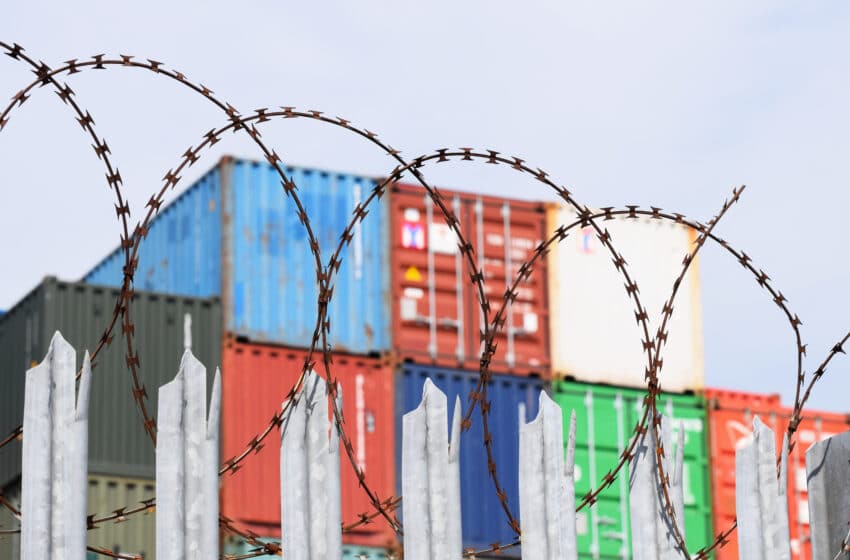We live in a globalized world, one in which most organizations of any size have customers, supply chains, and outsourced services teams spread across the globe. Modern companies are able […]Read More
Tags :globalization
FREE TRADE IS NOT FREE By Mike W. Peng In effect since 1994, the North American Free Trade Agreement (NAFTA) has caused no shortage of controversies. Criticisms have ranged from […]Read More




